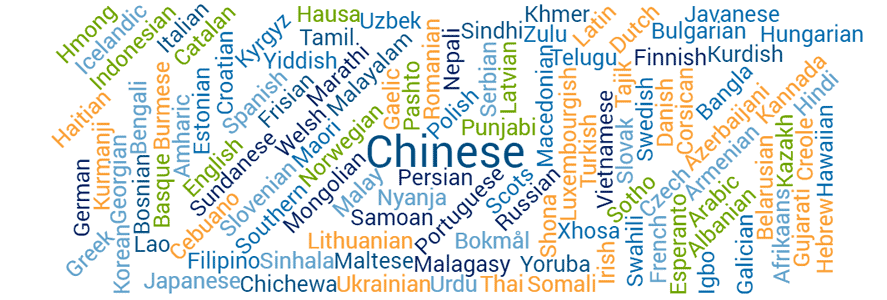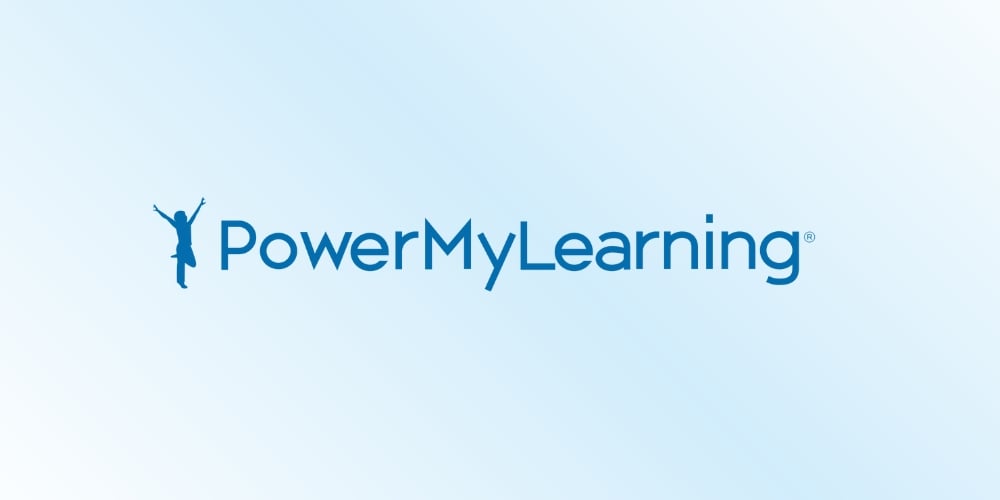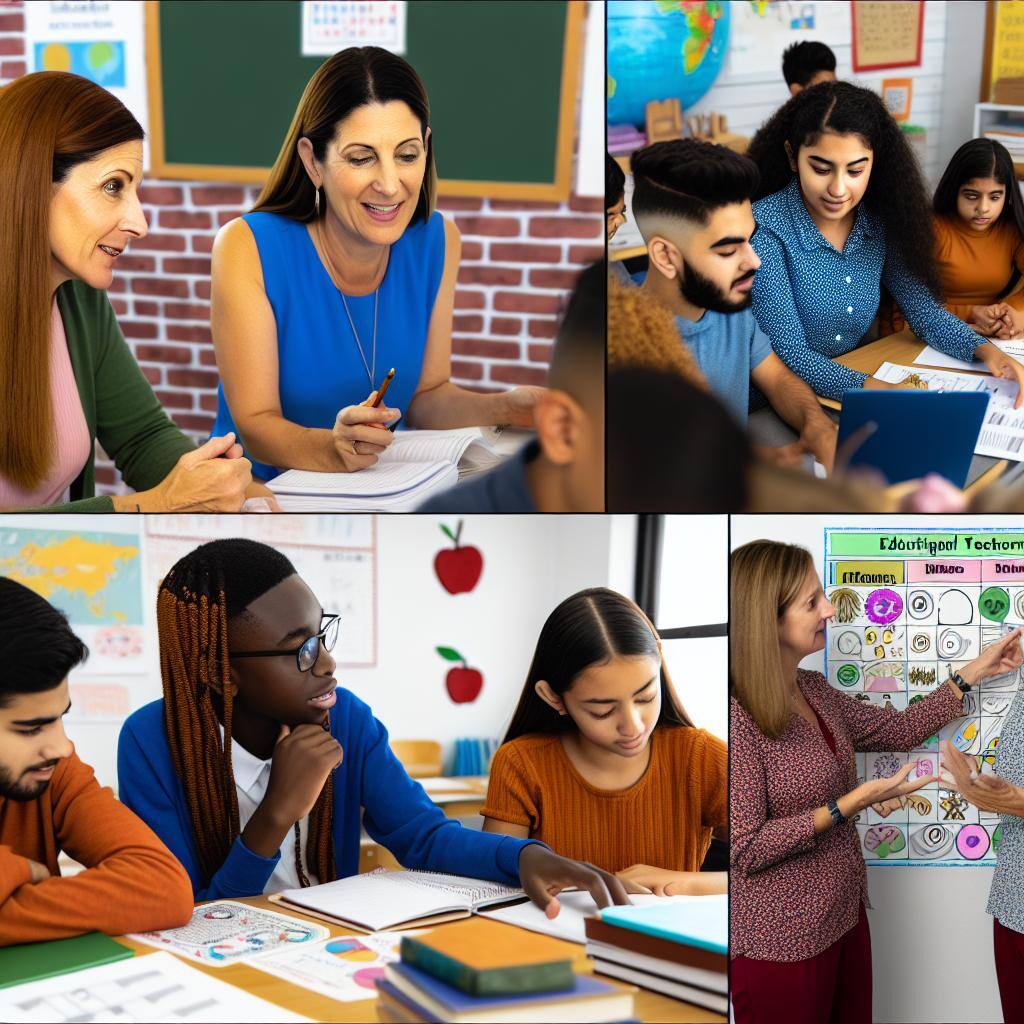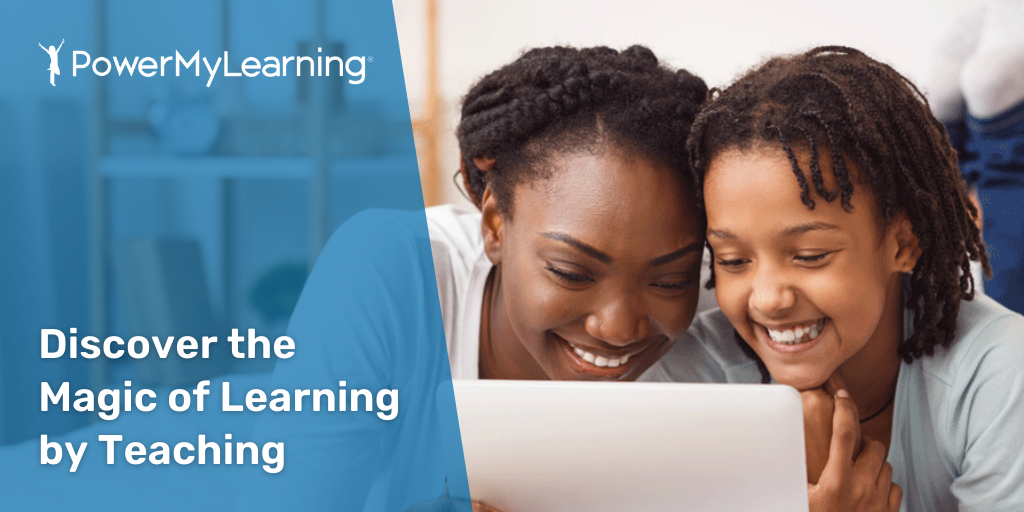Breaking Down Language Barriers
At PowerMyLearning, we are committed to strengthening the triangle of learning relationships between students, teachers, and families. We hear regularly from teachers that language barriers are a real challenge for successful student-family-teacher relationships—and we know that more than 20% of school-age children speak a language other than English at home.
We are thrilled to announce PowerMyLearning Connect is now available in 100+ languages. This feature will allow teachers to connect with students who are English Language Learners (ELLs) and with non-English speaking families.

Experts say the best way to communicate with parents of ELLs is to use the parent’s preferred language. Research also shows that when ELL parents get to learn alongside their children, it increases student achievement and attendance. But teachers are limited in time and resources to do this effectively—and especially in a way that is linked to student achievement.
That’s why we’re taking things to the next level with Family Playlists (also available in 100+ languages). Family Playlists are mobile-friendly, multilingual homework assignments where students teach their family what they are learning in school.
We all know the adage that “you don’t really know something until you can teach it.” Turns out, this strategy is especially powerful for ELLs. According to meta-analyses, when ELL students teach their family using their first language, it increases academic success. Plus, ELL parents benefit too because they get to learn alongside their children.
Here’s how Family Playlists work. When a teacher assigns a Family Playlist, the student’s parent (or family partner) receives a text with a link to the assignment in their language of choice. Then, the student and parent complete a fun activity at home where the student plays the role of the teacher. After completing the activity, the parent sends photos and feedback to the teacher on how well their child understood the concept. Then, the teacher responds to the parent’s feedback and uses the data to better meet the student’s needs.
With embedded translation, Family Playlists strengthen teacher-family relationships by opening a meaningful dialogue about learning that previously wasn’t possible. But that’s not all! Family Playlists also have proven impact around student achievement. According to a recent analysis, students using Family Playlists made statistically significant gains in math proficiency equivalent to four additional months of learning.


